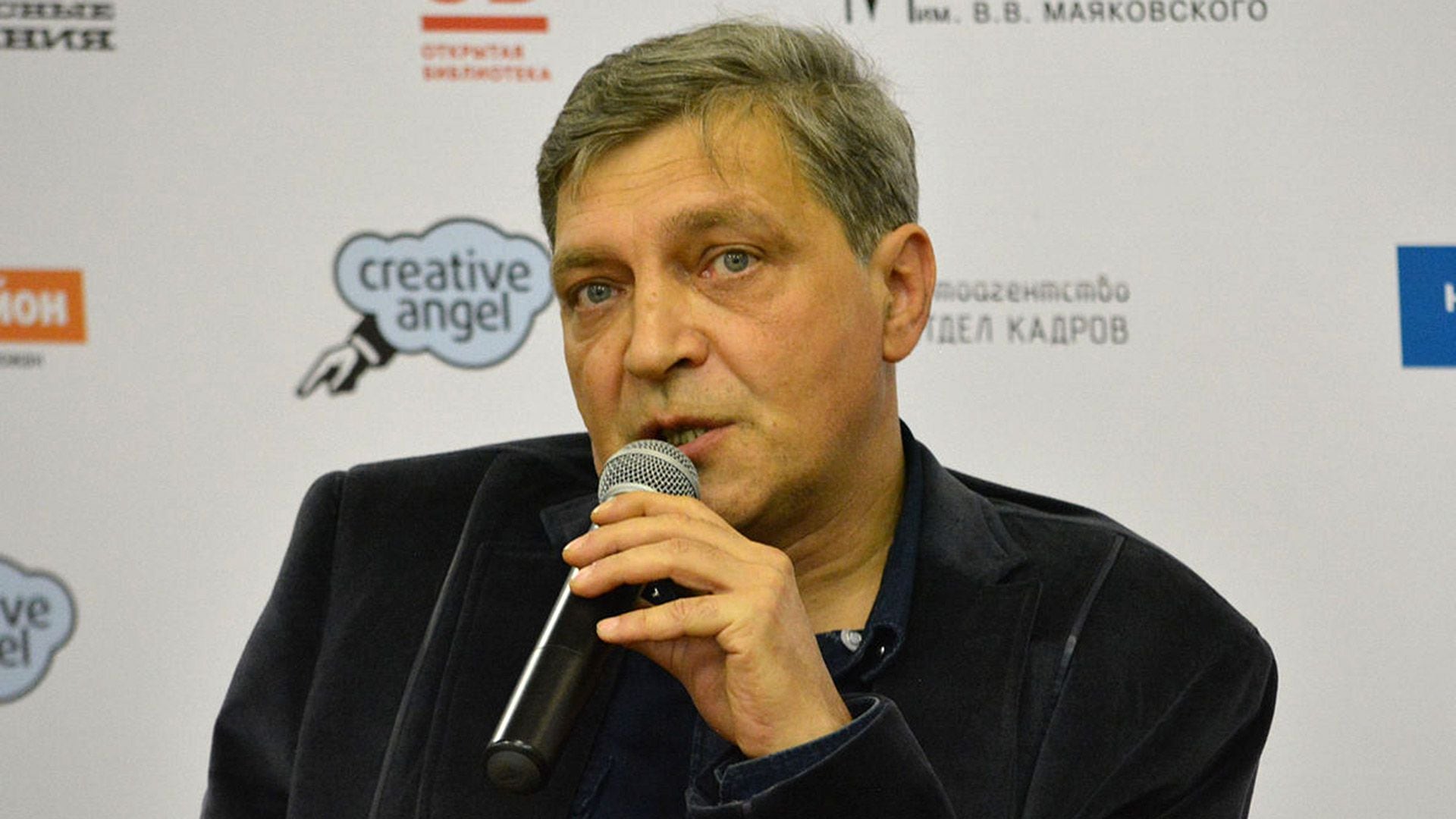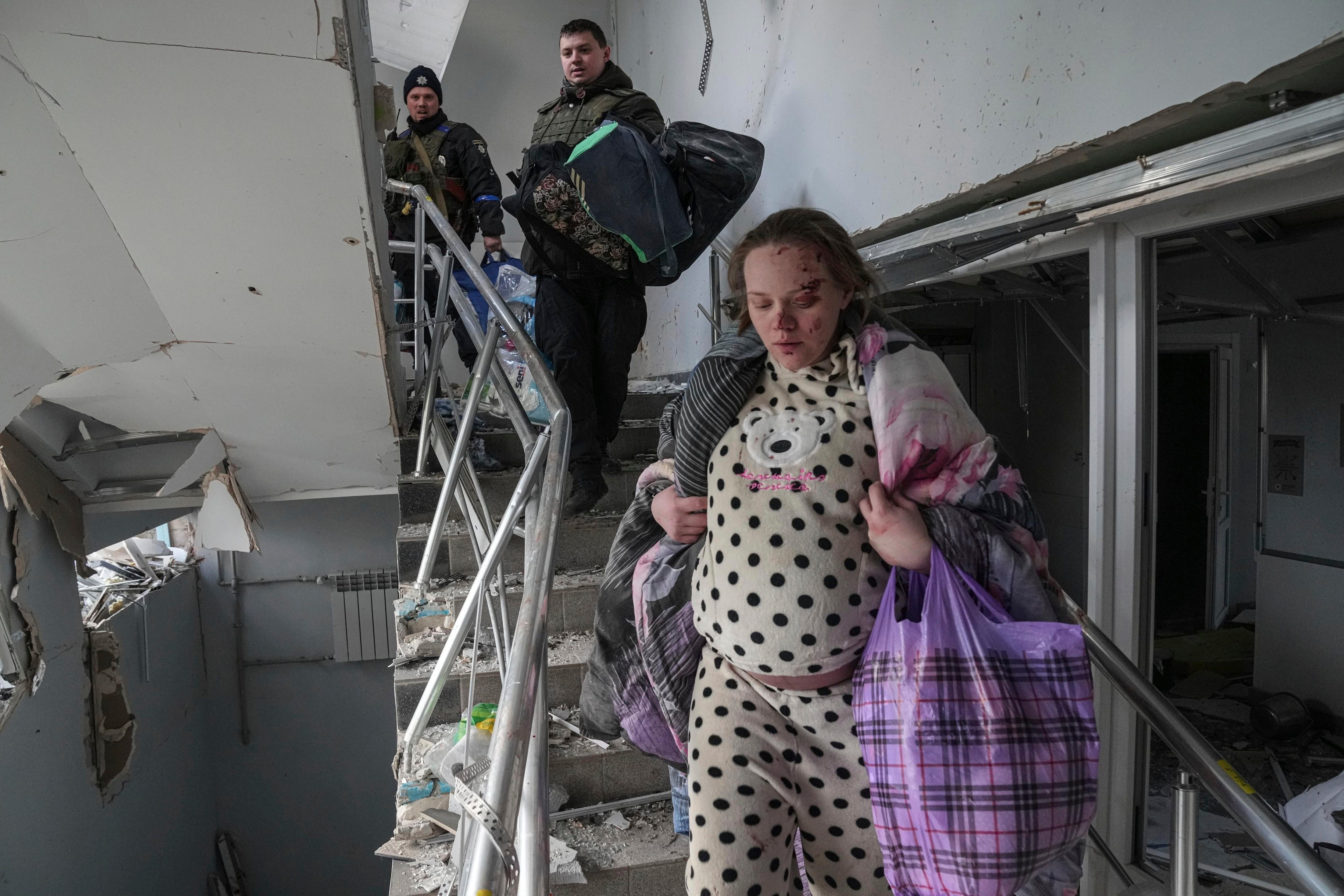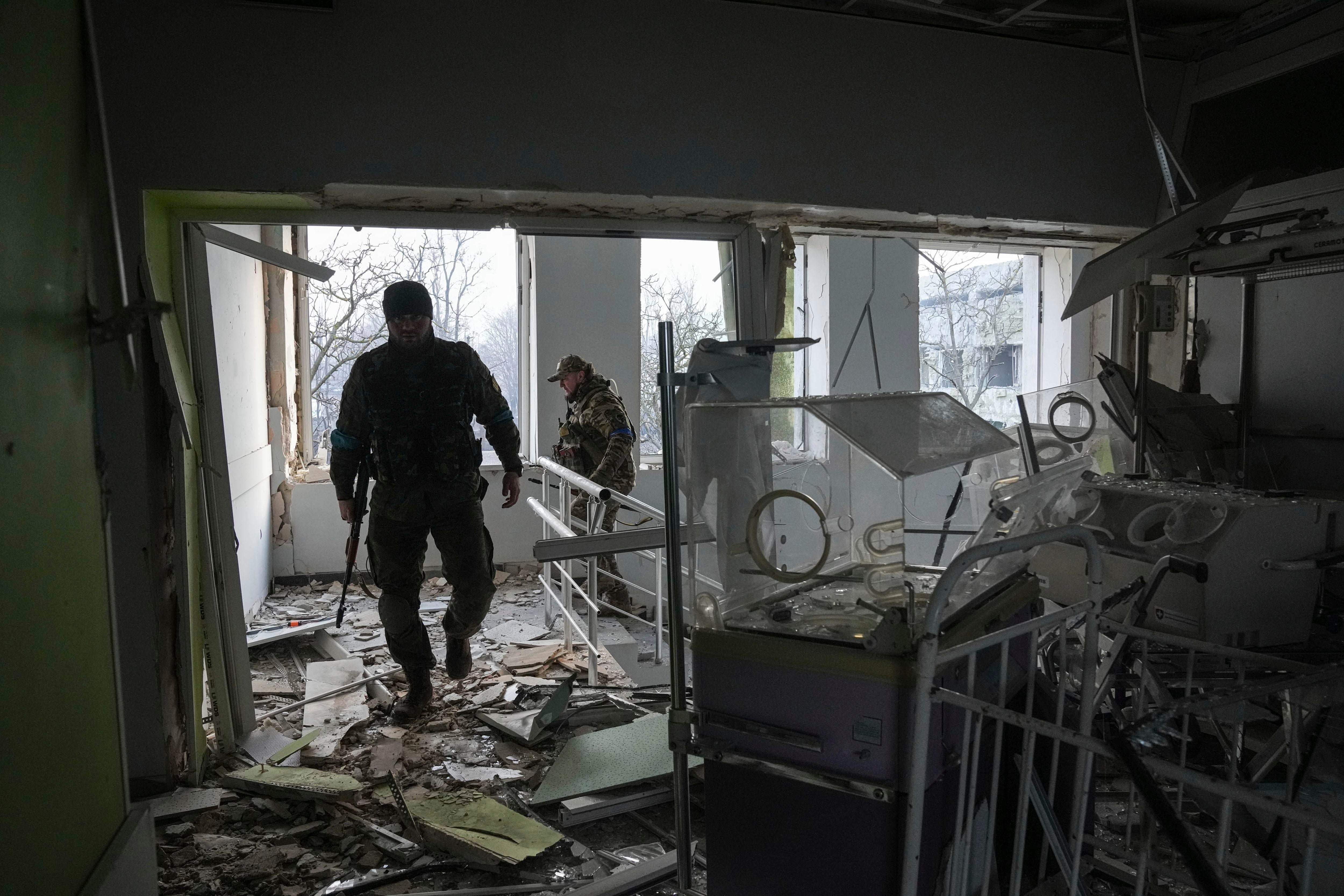
Russia opened an investigation on Tuesday into a well-known journalist for publishing “false information” about the actions of the Russian army in Ukraine, in the first application of a law that provides for up to 15 years in prison for this type of crime.
Journalist Alexandre Nevzorov is being investigated for having “intentionally published false information about a deliberate bombing of the Russian army against a maternity hospital in Mariupol” in southeastern Ukraine, the Russian Investigative Committee, which is responsible for relevant judicial matters, said.
According to the new Russian legislation, Nevzorov - who has not yet been located by the authorities - posted on his Instagram profile -blocked in Russia- and on his YouTube channel “false information” about the bombing of that hospital, attributed “wrongly” to the Russian Armed Forces.

“The publications were accompanied by unreliable photographs of civilians who were victims of the bombing. The Ukrainian media are the sources of distribution of these images. The Ministry of Defense of the Russian Federation has officially announced the falsity of the information disseminated on the Internet,” the authorities explained in a statement, according to the Interfax agency.
Nevzorov was not the only media professional to be singled out by the Russian authorities in recent hours. On Monday it was Ukrainian journalist Dimitri Gordon for spreading messages through his YouTube channel that incite hatred, such as calling war against Russia and its citizens, TASS reports.
On 9 March, Russian artillery shelled the functioning maternal-child hospital where women and children were located, as local authorities informed the United Nations Human Rights Monitoring Mission.

As the former official of the Ukrainian National Police, Vyacheslav Abroskin, said then, the maternity building “no longer exists, there are many women injured and dead”.
The attack was surrounded by controversy because Russia does not want to admit responsibility for it, as it would strip the nature of the invasion of Ukraine and its cruelty to civilians.
Blogger Marianna Vishegirskaya gave birth to a baby girl the day after the air raid and wrapped her arm around newborn Veronika as she recounted the attack. After photos and video showed her walking down rubble-covered stairs and clutching a blanket around her pregnant body, Russian authorities claimed she was an actress in a simulated attack.

“It happened on March 9 at Hospital No. 3 in Mariupol. We were lying in the living rooms when the windows, frames, windows and walls crumbled,” Vishegirskaya, who was still wearing the same polka-dot pajamas he had when he fled, told AP.
“We don't know how it happened. We were in our rooms and some had time to cover themselves, others didn't.”
With information from AFP
Keep reading:
Últimas Noticias
Debanhi Escobar: they secured the motel where she was found lifeless in a cistern
Members of the Specialized Prosecutor's Office in Nuevo León secured the Nueva Castilla Motel as part of the investigations into the case

The oldest person in the world died at the age of 119
Kane Tanaka lived in Japan. She was born six months earlier than George Orwell, the same year that the Wright brothers first flew, and Marie Curie became the first woman to win a Nobel Prize

Macabre find in CDMX: they left a body bagged and tied in a taxi
The body was left in the back seats of the car. It was covered with black bags and tied with industrial tape
The eagles of America will face Manchester City in a duel of legends. Here are the details
The top Mexican football champion will play a match with Pep Guardiola's squad in the Lone Star Cup

Why is it good to bring dogs out to know the world when they are puppies
A so-called protection against the spread of diseases threatens the integral development of dogs




